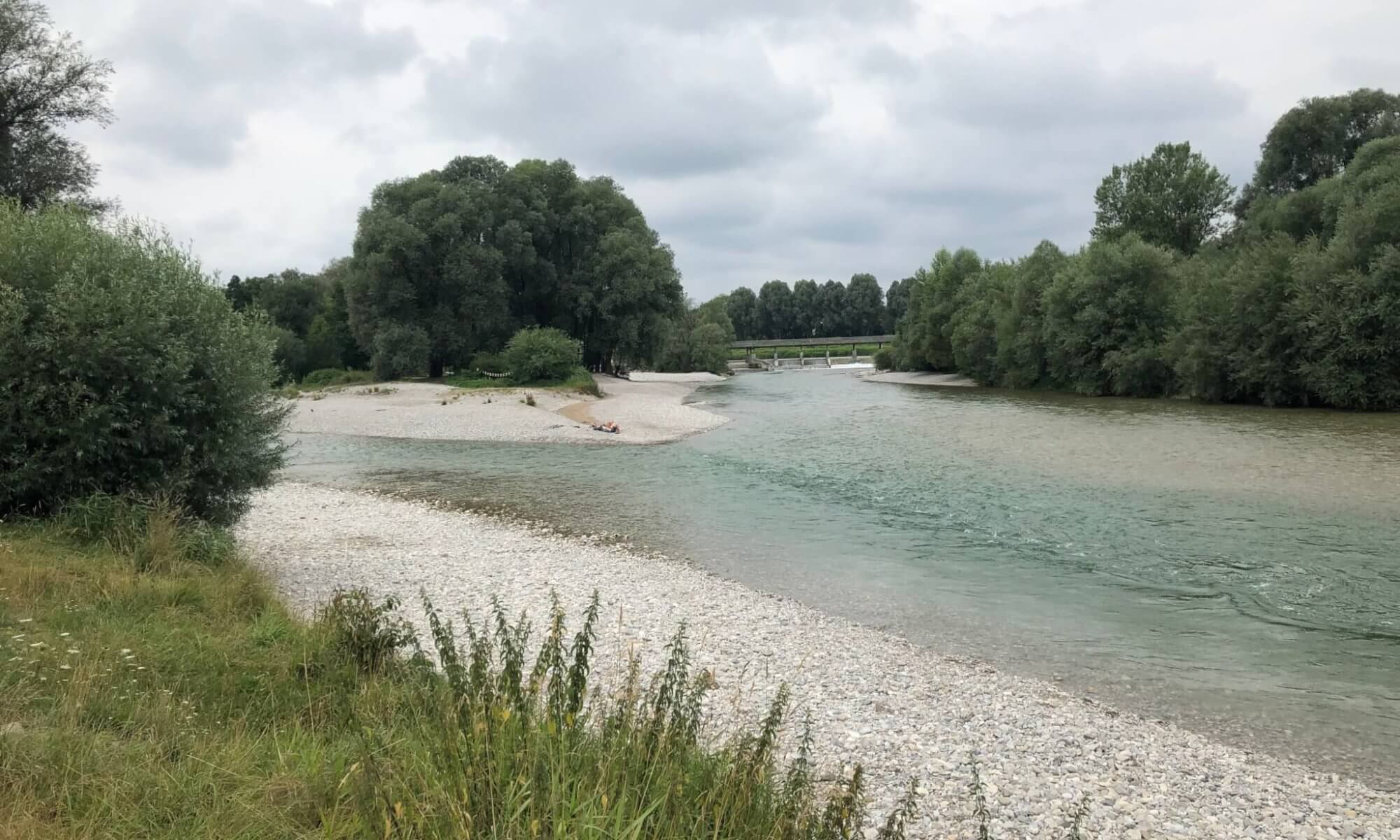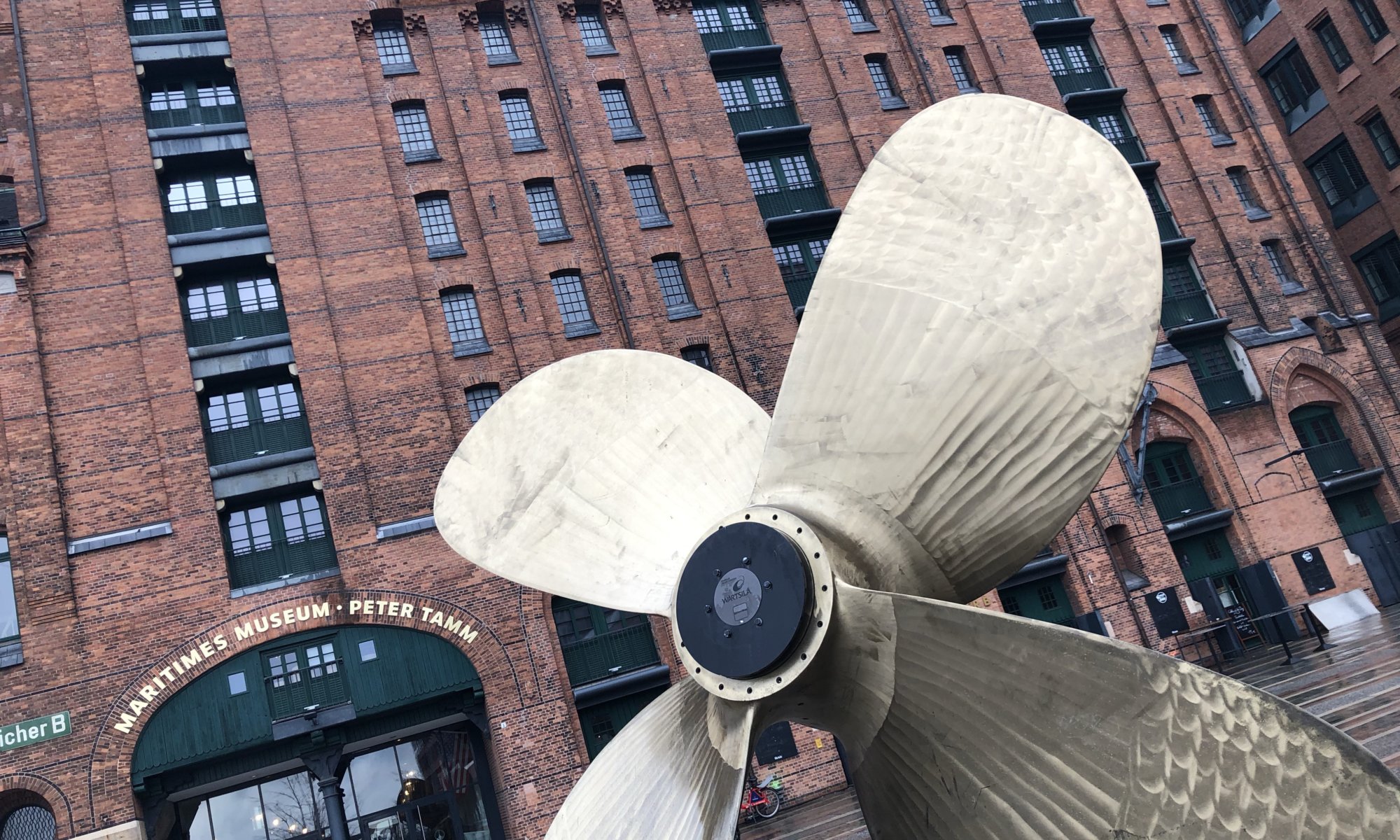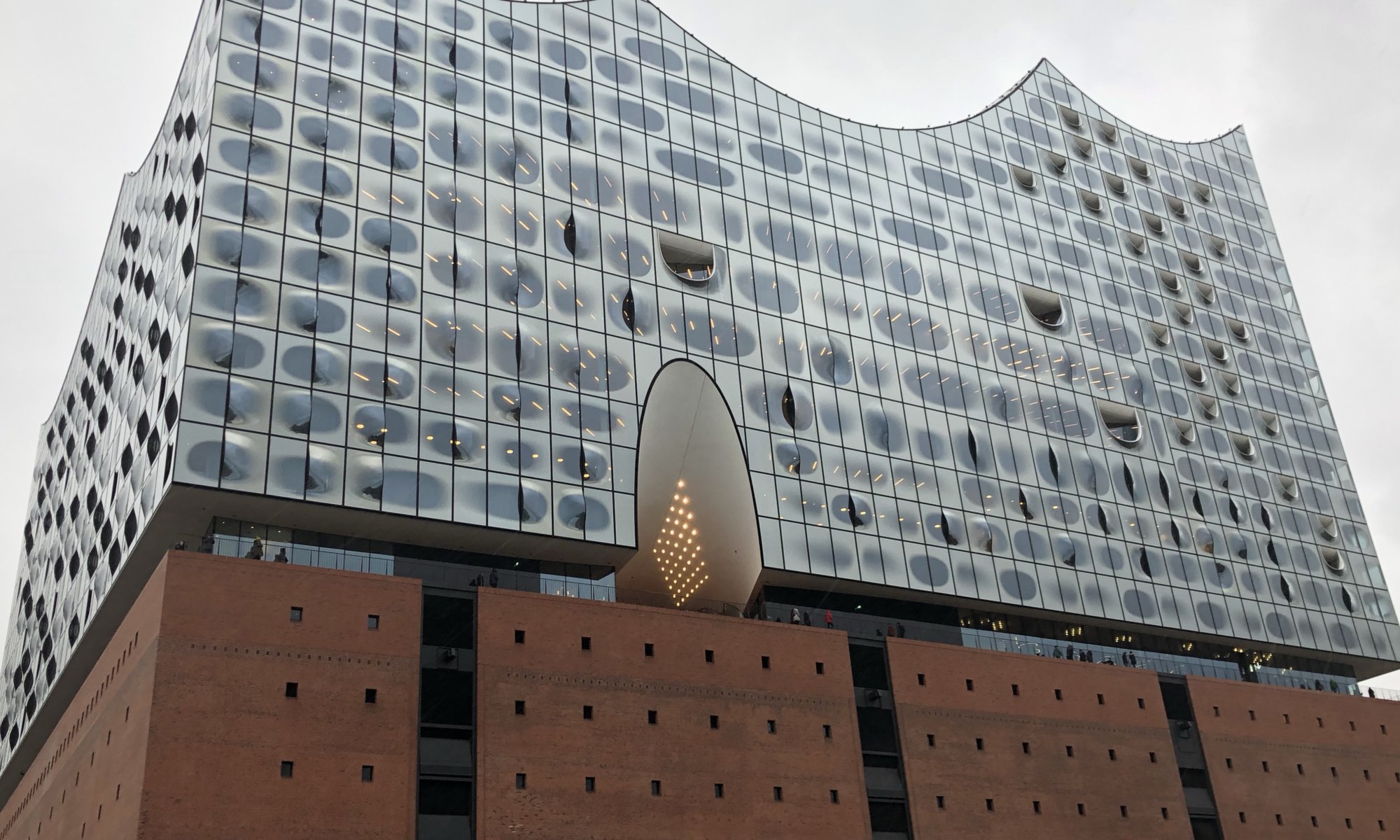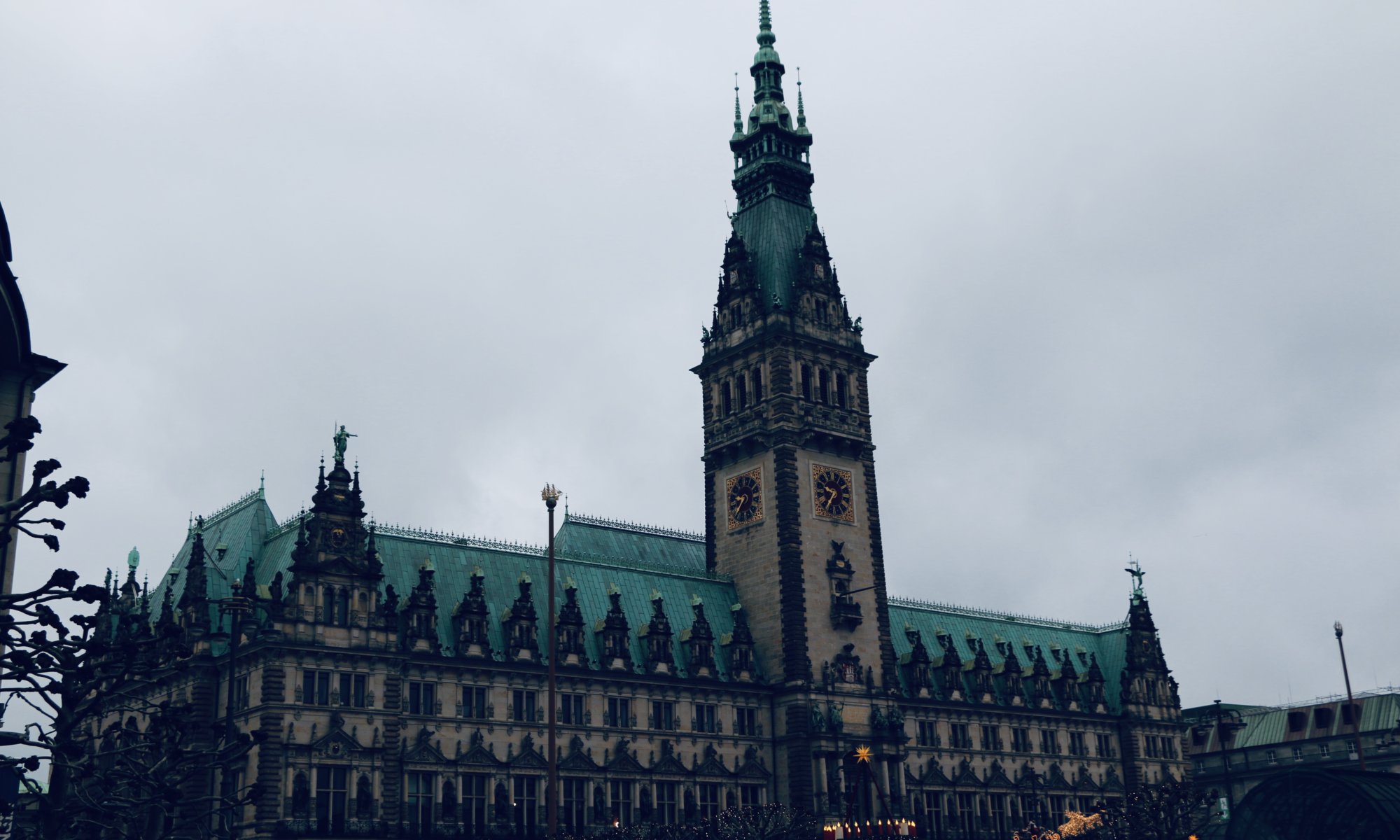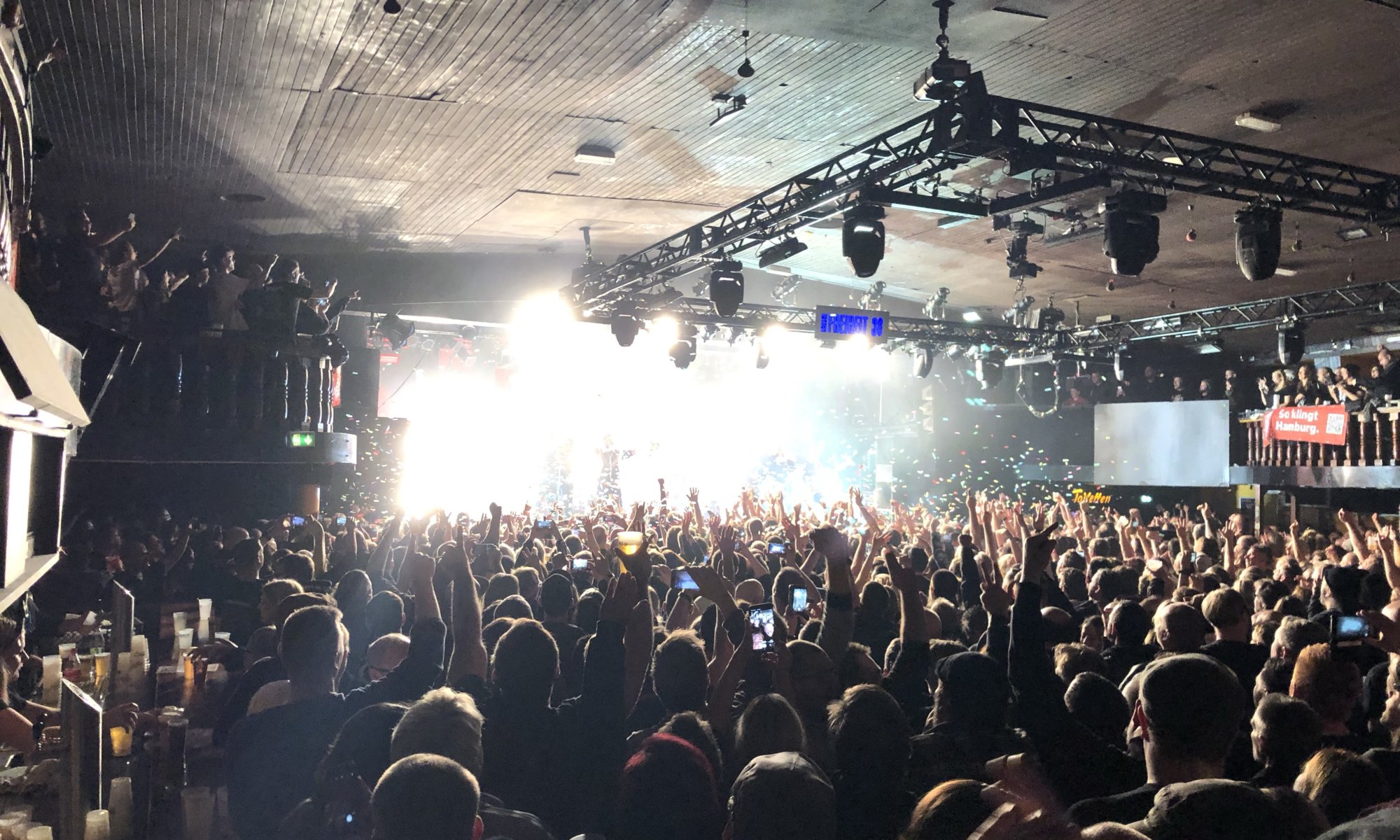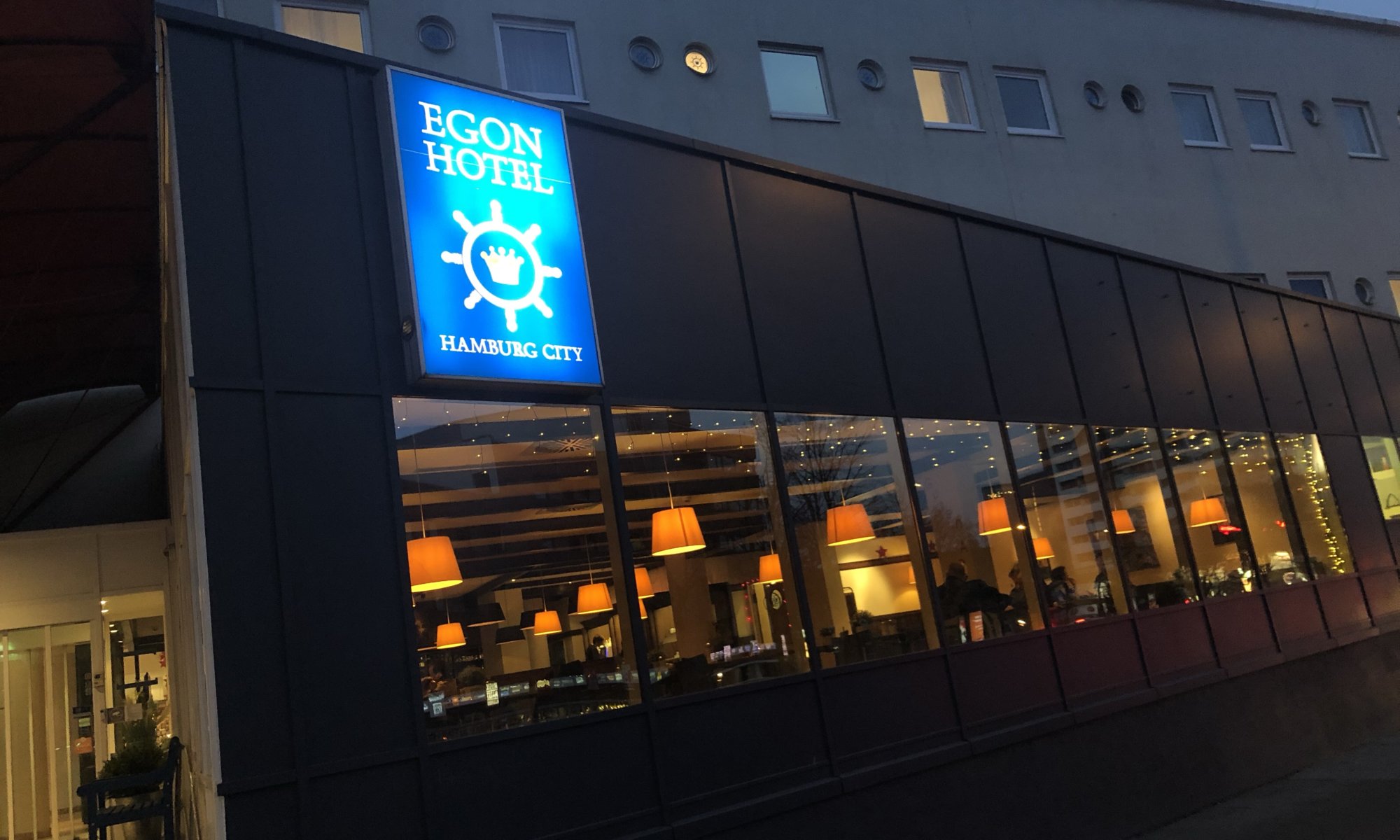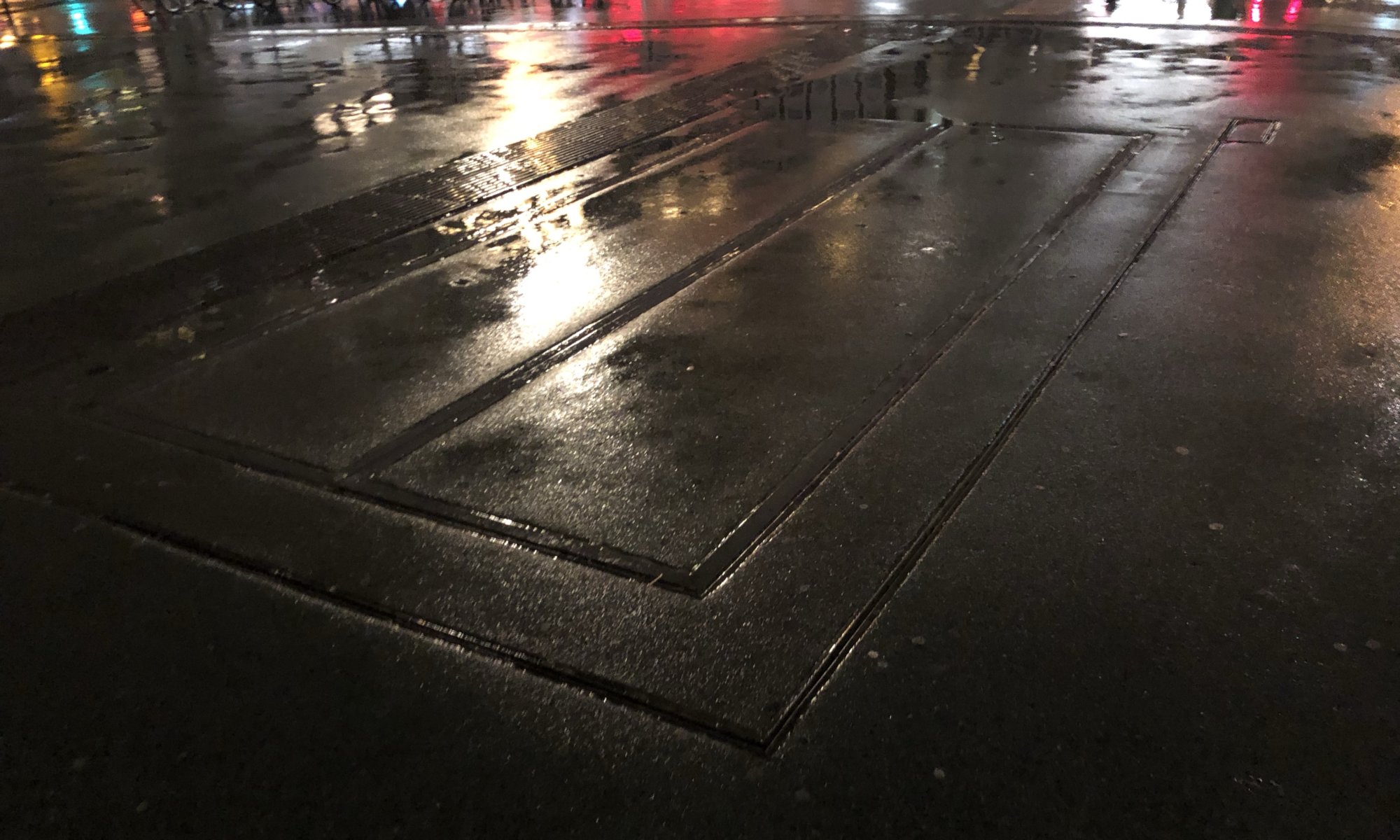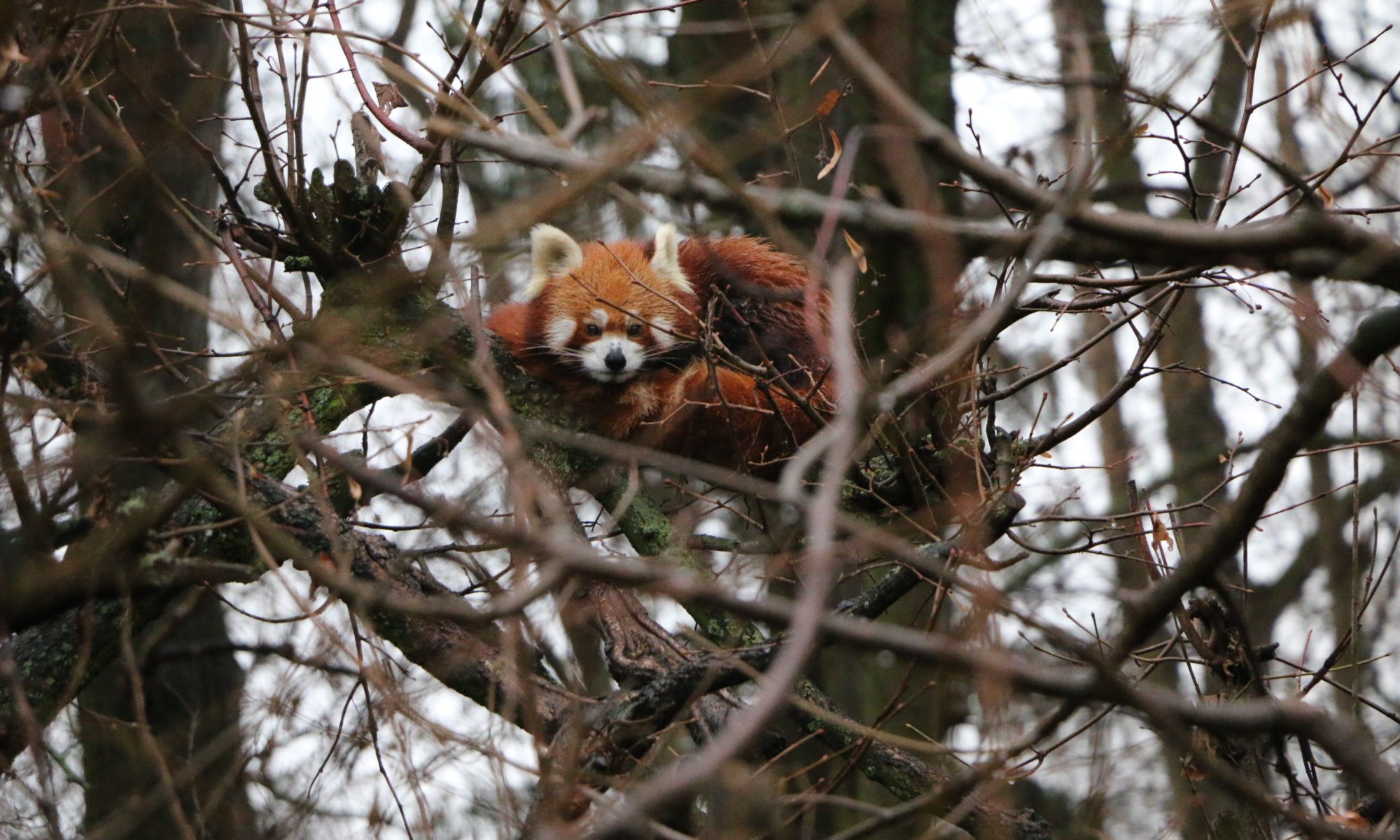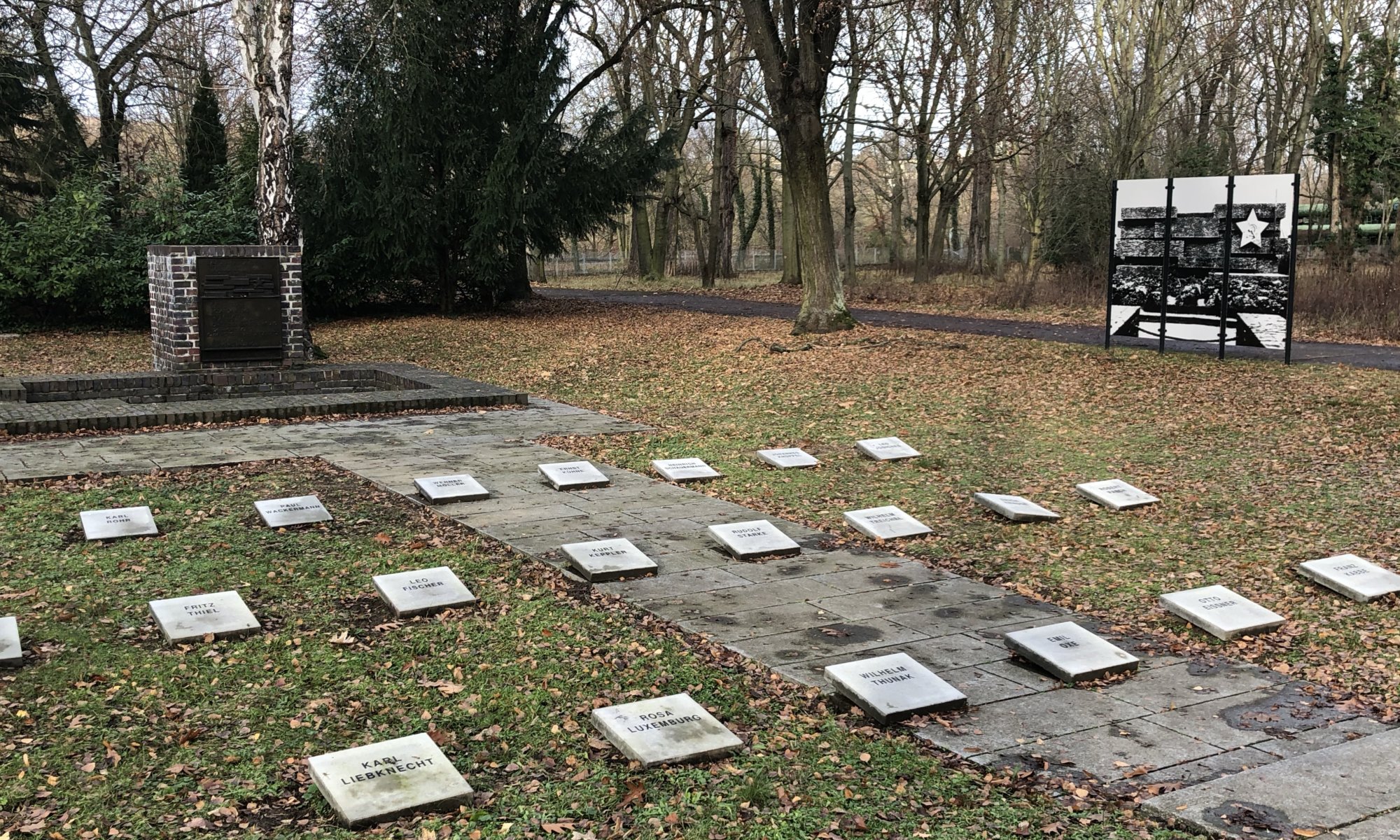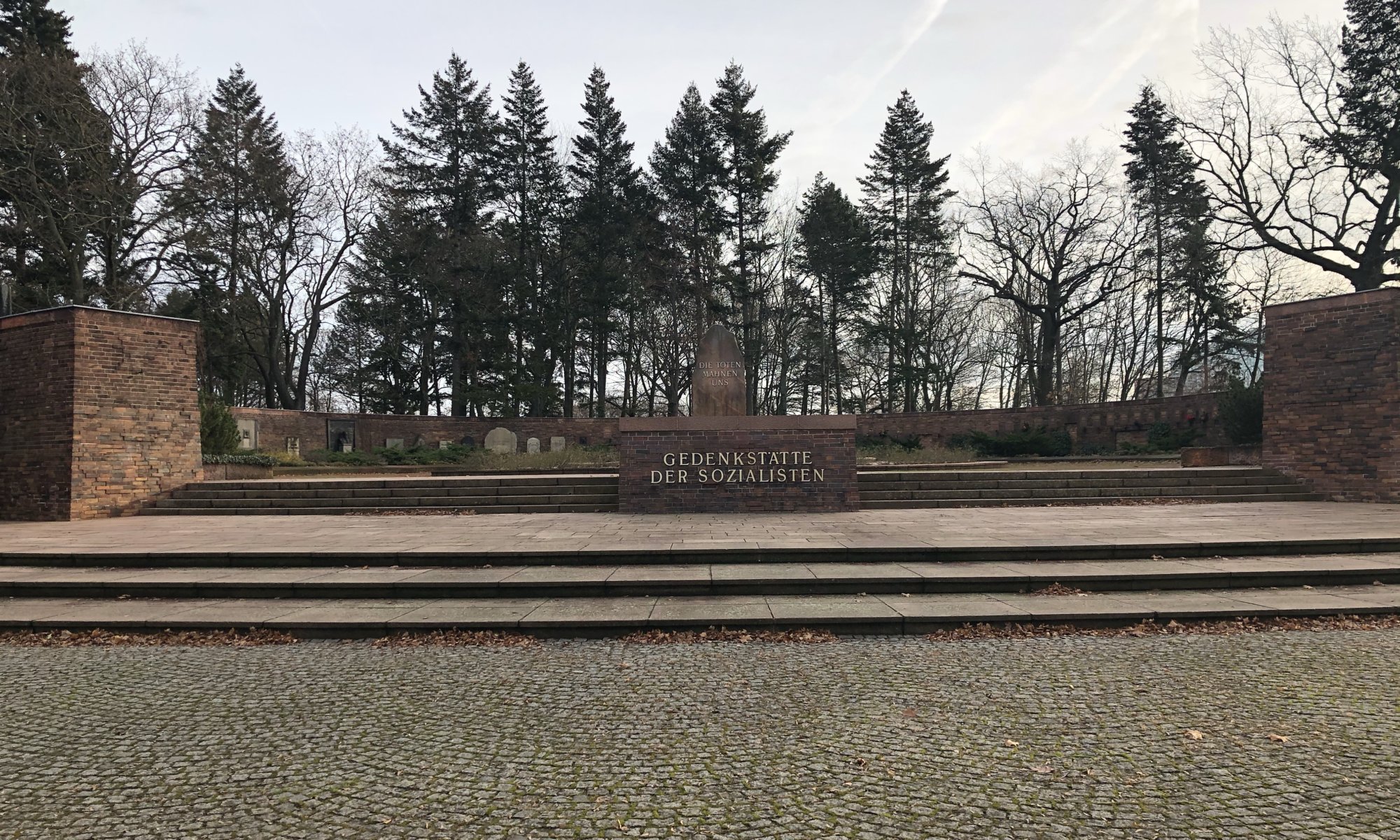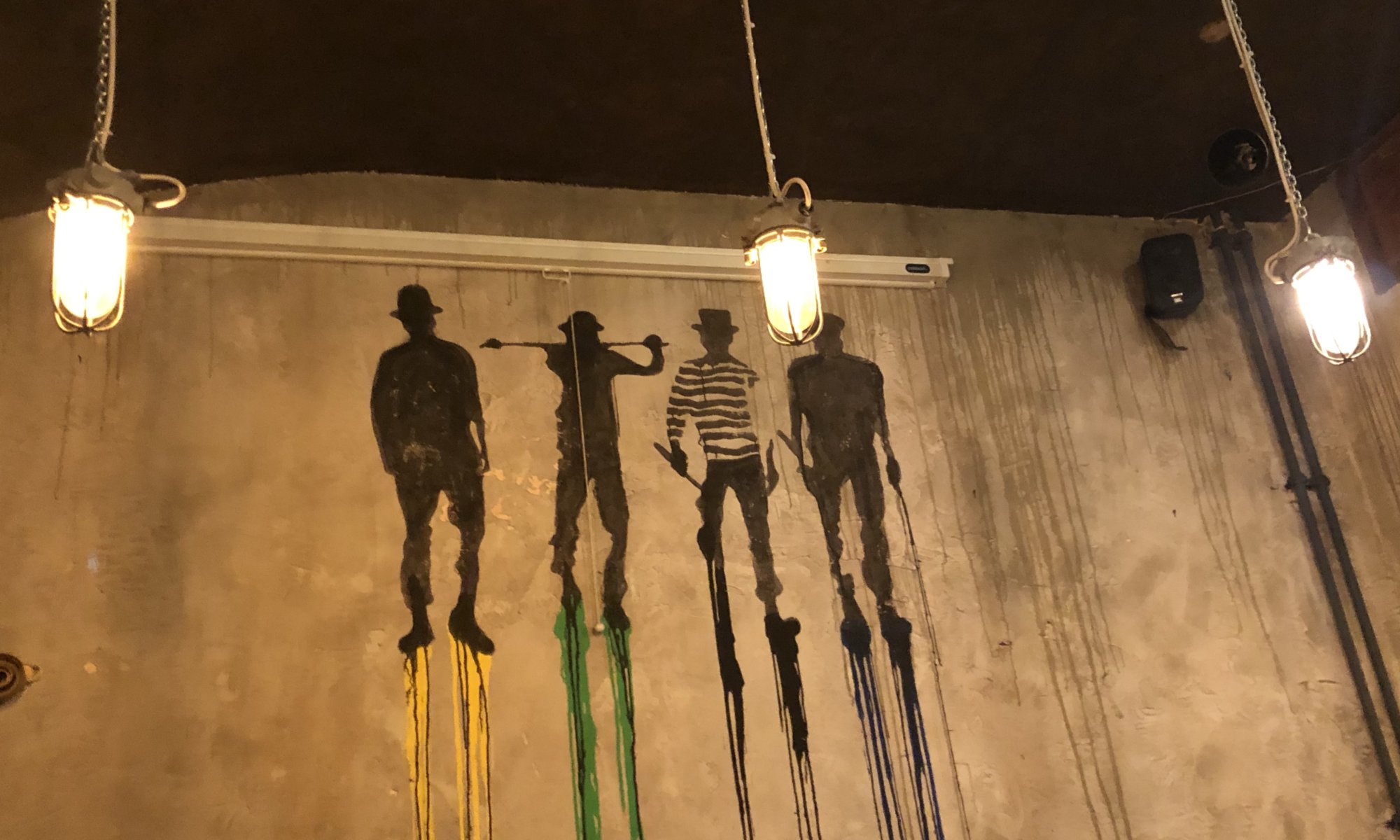You can’t get to Hamburg, Germany, without learning something about seafaring. It is a necessity like eating fresh fish or visiting the Reeperbahn. A very good place for this is the Internationales Maritimes Museum (IMMH) located in an old storage building at the Speicherstadt. It was opened in 2008 and exhibits on nine floors nearly everything about people crossing the sea on a boat. This includes 50,000 miniature boats, numerous paintings about seafaring and special things I never heard about before like ship models made from bones.
Continue reading “Maritimes Museum”Elbphilharmonie
The Elbphilharmonie is a giant concert hall at the Speicherstadt of Hamburg, Germany, and the city’s newest gem. It fits well into the location by combining the existing foundations of a former storage building with a new glass front on top. It was inaugurated in 2017 and has already become a new icon of the city. In addition to the concert locations, you can also find restaurants, a hotel and a coffee bar inside the building.
Continue reading “Elbphilharmonie”Rathaus
The town hall of Hamburg, Germany, is an absolute beauty. It is located near the Jungfernstieg and the Binnenalster and shows the extreme richness of the city in the past. It was built between 1886 and 1897 in the Renaissance revival style. The 112 meters high tower is an icon of the city. You can walk around inside and outside the building for a very long time and always discover something new as the building is very rich in decorations.
Continue reading “Rathaus”Große Freiheit
The Große Freiheit (lit. ‘large freedom‘) is a side street of the Reeperbahn at Hamburg, Germany. It goes back to the 17th century when a special economic zone (the ‘Freiheit‘) was created here – giving the inhabitants freedom concerning crafts and religion. But the street became much more famous later when being part of the red-light zone with striptease clubs named Safari, Colibri or Salambo. Later it became a place for music; the Beatles played their first concerts at the Star-Club.
Continue reading “Große Freiheit”Egon
The hotel Egon is nothing really special – just a clean and good hotel in Hamburg, Germany. It is one of these places that you would book because of its location at the end of the Reeperbahn – the party zone of the city with a lot of hustle and bustle at night. I want to a concert at the Große Freiheit and for that, the hotel was perfect because of the very short way to bed.
Continue reading “Egon”Atombunker
When you arrive at the main railway station of Kassel, Germany (not to be confused with Kassel-Wilhelmshöhe) and leave the main building you might wonder that there is a large unused space in front of it. The answer is hard to find and located under ground: from 1941 to 1943 the railway company of the Deutsches Reich (the Reichsbahn) invested a lot of money to create an underground air-raid shelter in front of the station. It was supposed to protect travellers that arrive at Kassel during an attack.
Continue reading “Atombunker”Tierpark
In the past, I had visited the Zoologischer Garten of Berlin, Germany, multiple times but I never went to the other zoo of the German capital, the Tierpark Berlin. Maybe it was because it is located in the East of Berlin which I didn’t really visit yet and which still has interesting places left for me to discover. I didn’t expect to much when going there but I could have known that I’m wrong with just finding out that the Tierpark with its 160 hectares is as large as the island of Helgoland. It is the biggest of its kind in Europe.
Continue reading “Tierpark”Revolutionsdenkmal
The Revolutionsdenkmal is a former memorial for the communist leaders Rosa Luxemburg and Karl Liebknecht which have been killed in 1919. It was located on the Zentralfriedhof Friedrichsfelde, a cemetery at Berlin, Germany. Architect Ludwig Mies van der Rohe designed the wall-like memorial in expressionist style using red bricks. The memorial was opened in 1926 but some parts had to be added later and some planned items were never added.
Continue reading “Revolutionsdenkmal”Gedenkstätte der Sozialisten
In 1951 the German Democratic Republic (DDR) created a memorial for important personalities fighting for socialism on the Zentralfriedhof Friedrichsfelde at Berlin, Germany. The place was chosen as in 1900 one of the founders of the Social Democratic Party, Wilhelm Liebknecht, was buried here. When Rosa Luxemburg and Karl Liebknecht were killed in 1919 they also found their last rest at this place and a memorial was created, that was later destroyed by the Nazis: the Revolutionsdenkmal.
Continue reading “Gedenkstätte der Sozialisten”KreuzBurger
Currently, you can get burgers wherever you want. From the big fast-food chains, the ‘better burger’ chains to smaller restaurant groups and few independent burger eateries. That is for sure especially true at Berlin, Germany. When visiting a concert at the fabulous SO36 I had the chance to test KreuzBurger, a burger bar with six locations throughout the capital city. I really like the shabby chic of their restaurants.
Continue reading “KreuzBurger”